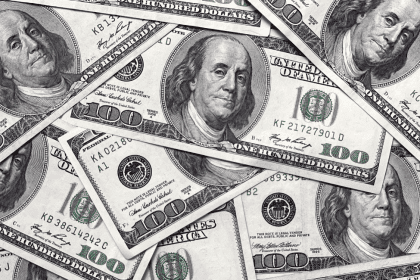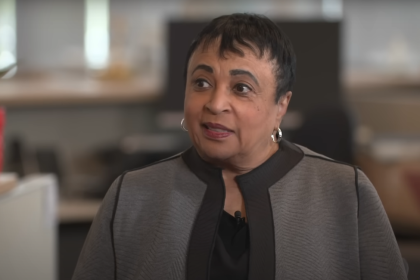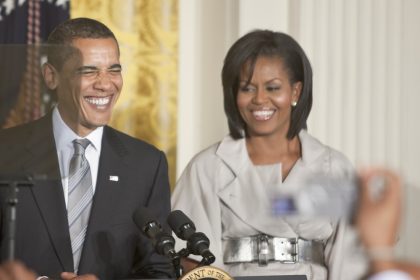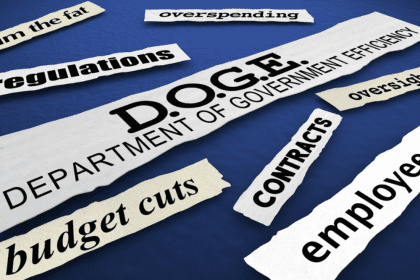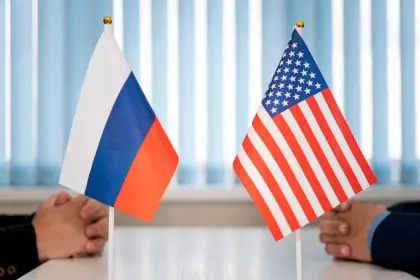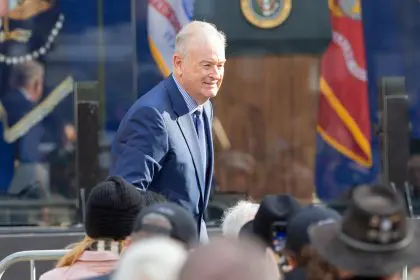
#Occupy Wall Street: I know what I’m viewing, but I can’t comprehend what’s going on. Is this purely Wall Street rage — or a real revolution?
Perhaps I missed the warning about Occupy Wall Street and the role social media would play in this recent wave of protests weeks ago.
About three weeks ago, I joined RhymeFest on the Social Media Week’s “Can Social Media Lead to Social Change,” panel held in Chicago.
During the discussion, a young black female student asked if social media could effect change, “why isn’t it happening? Why isn’t there revolution in the streets? People are poor–how could we this get started?”
At that time, #Troy Davis was trending on twitter, and Twitter shut it down, much to the chagrin of Twitter users who were shocked by the social media giant’s form of censorship: This is America, right?
As you read this, there are several websites that have charged that Twitter has censored #OccupyWallStreet as well.
Fast-forward to this very moment, and consider the typical American family’s money woes — student loans, rampant unemployment and foreclosures. These are the struggling poor and middle class folks trapped in the so-called “99 percent” of America.
According to the website, the 99 percent are: “getting kicked out of our homes. We are forced to choose between groceries and rent. We are denied quality medical care. We are suffering from environmental pollution. We are working long hours for little pay and no rights …”
The remaining “1 percent” represents America’s wealthiest people, some who have reaped rewards from the bank bailouts and the housing bubble. The 1 percent is characterized, in a nutshell, as the barons at the gate, or the “greedy” scions of Wall Street.
The protest began in New York, literally on Wall Street, and the protestors and social media strategists have ignited similar movements across the country, and across racial lines.
Where there are protests, there are civil rights watchdogs and they are screaming foul over mass arrests and, in particular, one police officer’s heavy-handed baton of justice (not suited for the age of instant online video streaming). Note to old-school cops: When “the poor righteous people” are fighting “the man” bashing their heads with your nightstick may not be the way to go. See, there’s this thing called YouTube where people can upload videos of you in the act … oh, just forget about it. You’ll find out soon enough.
But can I trust my eyes? Is this really a case of David vs. Goliath? And if so, what will the outcome be this time around?
The rich 1 percent have flexed their muscles too, in a rich, snarky way. There are videos of bankers on balconies toasting champagne as the protestors gather below.
Video: Bankers Toast
In New York and in Chicago, signs were posted in office buildings to taunt the protestors, “we are the 1 percent,” the signs read.
On the flip side, demonstrators have charged at cops as well, says New York Police Commissioner Ray Kelly. “A core group of self-styled anarchists — that’s what they call themselves — want to have a confrontation with police,” he says.
What is clear is that agitation overload awaits Anytown, USA, if the economy isn’t set back on track, (do you remember what happened in London?) and President Obama is using the protests as an in-your-face reminder to Congress to stop playing politics.
With the protestors filling up the streets in Washington, D.C., Obama called a press conference on Oct. 6 to urge Congress to pass the Jobs Act, a bill that highlights education and lowers payroll taxes. During his remarks, he told Congress, “this is not a game.”
And anybody can see that.

